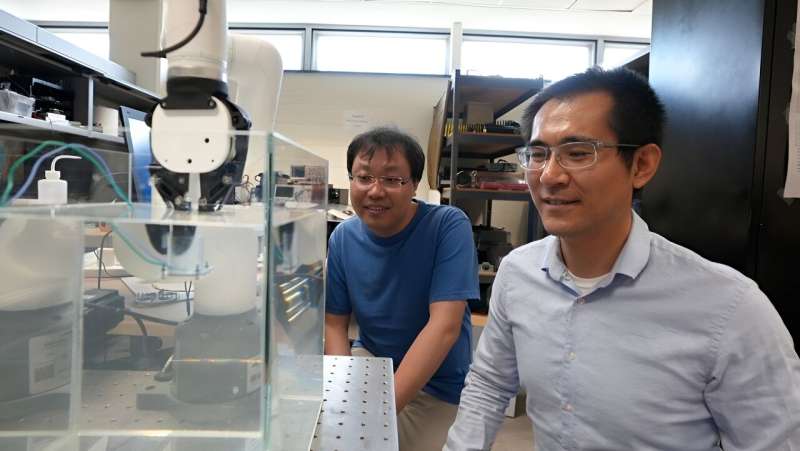Innovative methods have also been bolstered with new tools, and a growth in the use of robotics since the 1980s has moved health care forward significantly. Assistant Professor Zhenhua Tian has pressed forward another step in the march of progress using robotics and noninvasive acoustics, and his team’s work has been published in Science Advances.
Robot-assisted surgery
Surgery using robots has been invasive since its invention because cutting is involved and often other instruments are inserted into the incision. However, because robotic-assisted tools can be smaller, the cuts also tend to be smaller than traditional surgeries, making robotics a preferred choice. This form of surgery has proven its benefits and has grown in use over time, with advantages to patients including
- Less discomfort and bleeding
- Less time in the hospital
- Faster recovery periods
In fact, according to the American College of Surgeons, 1.8% of surgeries included a robot in 2012. By 2018, that percentage had risen to 15.1% and continues to rise through advancements in robotics. Some of the most common procedures involving robotics include appendectomies, hysterectomies, and gastric bypasses.

